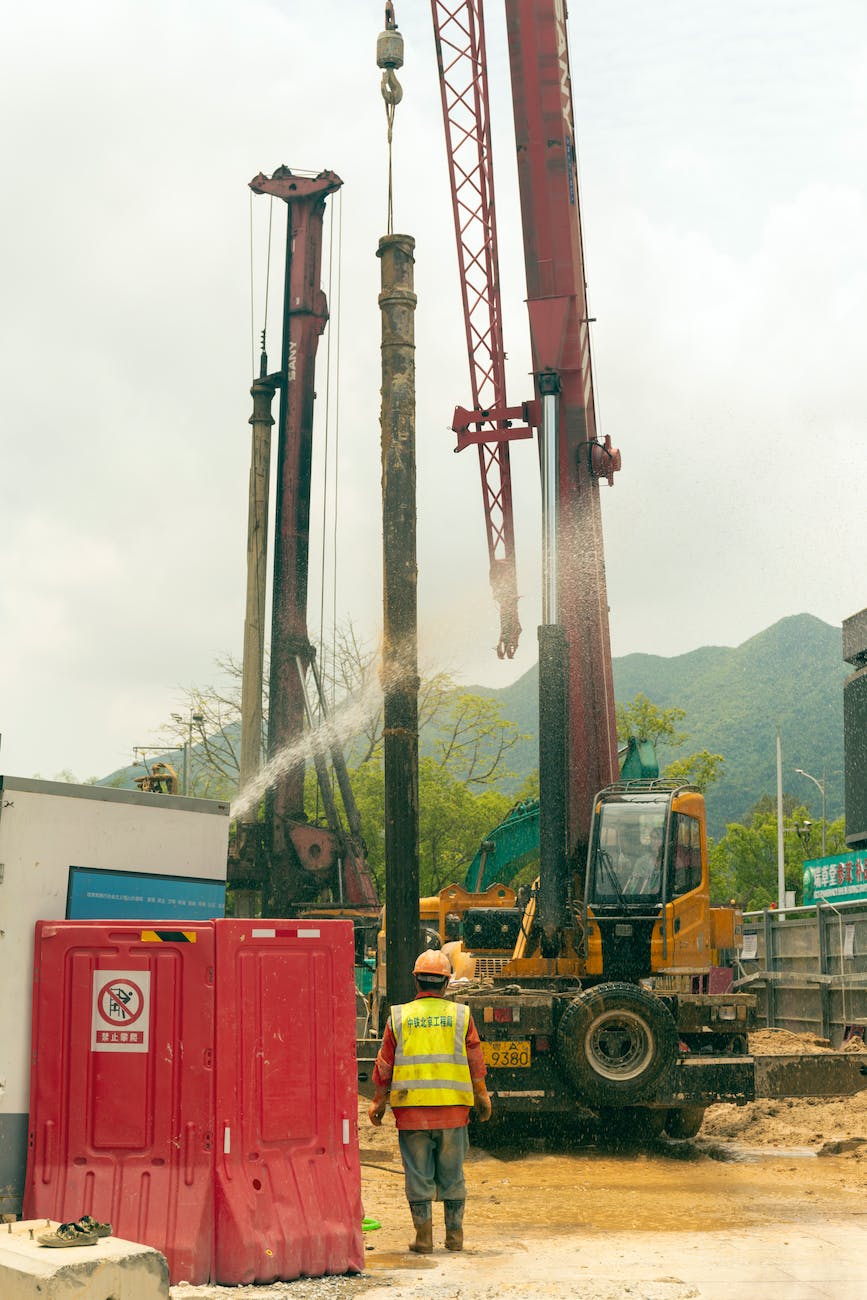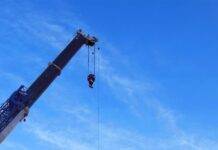
Crane Safety Factor Formula
Crane operations involve precise calculations and adherence to safety protocols to prevent accidents. Among the critical aspects ensuring safety is the implementation of the crane safety factor formula. This article delves into the importance of this formula, understanding its components, and how it contributes to safe crane operations.
Safety factors play a pivotal role in crane operations, encompassing various components vital for ensuring secure lifting and movement of loads. Understanding these factors is crucial for crane operators, engineers, and anyone involved in construction or industrial processes.
Understanding Safety Factors in Crane Operations
Importance of Safety Factors
Safety factors act as a buffer against uncertainties, accounting for potential variations in load, equipment wear and tear, and environmental conditions. They provide a margin of safety, ensuring that the crane operates within safe limits even under unexpected circumstances.
Components of Crane Safety
Crane safety factors involve multiple elements, including load weight calculations, crane capacity assessment, and environmental considerations. These components collectively contribute to determining the safety margin necessary for efficient crane operations.
Key Elements of Crane Safety Factor Formula
In crane operations, calculating the safety factor requires meticulous attention to key elements. This includes accurately estimating the weight of the load to be lifted and assessing the crane’s capacity to handle it.
Load Weight Calculation
Determining the precise weight of the load is crucial for establishing the safety factor. This involves considering the material, dimensions, and any additional factors influencing the load’s actual weight.
Crane Capacity Assessment
Assessing the crane’s capacity involves evaluating its lifting capabilities, taking into account factors such as boom length, load radius, and operational limitations specified by the manufacturer.
Calculating Crane Safety Factor
Ensuring a safe working environment involves the detailed calculation of the safety factor, incorporating various parameters to determine the margin of safety.
Determining Load Factors
Consideration of load factors, including static and dynamic loads, impact, and potential variations, helps in establishing a reliable safety margin.
Considering Environmental Conditions
Environmental factors such as wind speed, temperature, and terrain also impact crane operations. Factoring these conditions into safety calculations is imperative for safe lifting operations.
The safety factor for a crane is typically calculated by dividing the maximum load a crane can handle by the actual load it is expected to lift. The formula for safety factor is:Safety Factor = Maximum Load Capacity / Actual Load
For example, if a crane has a maximum load capacity of 10 tons and is lifting a load of 5 tons, the safety factor would be:
Safety Factor = 10 tons / 5 tons = 2
This means that the crane has a safety factor of 2, indicating that it is capable of handling double the load being lifted.Importance of a Conservative Safety Factor
Maintaining a conservative safety factor is critical for minimizing risks. An ample safety margin safeguards against unforeseen variables, reducing the likelihood of accidents.
Real-life Examples Highlighting Safety Factor Significance
Examining past incidents reveals the correlation between inadequate safety factors and crane accidents. Contrasting these with cases where adequate safety margins were maintained underscores the importance of meticulous safety calculations.
Ensuring Compliance with Safety Standards
Adherence to safety standards and regulations is non-negotiable in crane operations. Industry guidelines and best practices provide a framework for implementing and maintaining optimal safety factors.
Factors Affecting Safety Factor Calculation
Several factors influence safety factor calculations, including the quality and strength of materials used, dynamic loads, and impact during lifting operations.
Technological Advancements and Safety Factor Integration
Advancements in technology have revolutionized crane safety. Integrating IoT and monitoring systems enables real-time assessment and proactive maintenance, enhancing overall safety.
The Future of Crane Safety Factors
Predictive maintenance and evolving safety standards are poised to shape the future of crane safety factors. Implementing predictive analytics and continuously improving safety protocols will further mitigate risks.
Conclusion
The crane safety factor formula stands as a cornerstone in ensuring safe crane operations. It amalgamates precise calculations, adherence to standards, and a proactive approach towards risk mitigation, ultimately safeguarding lives and assets.
How To Calculate Crane Capacity According to Load
Web Sling Capacity Calculation
FAQs
1. Why is the crane safety factor formula crucial? The safety factor formula provides a buffer against uncertainties, ensuring safe crane operations even under unexpected conditions.
2. How do environmental conditions impact crane safety factors? Factors like wind speed, temperature, and terrain influence crane operations, necessitating their consideration in safety calculations.
3. Are there industry standards for crane safety factors? Yes, adherence to industry standards and guidelines is essential to establish and maintain optimal safety factors.
4. How does a conservative safety factor reduce accidents? Maintaining a conservative safety factor provides a safety margin, minimizing the risks associated with unforeseen variables.
























